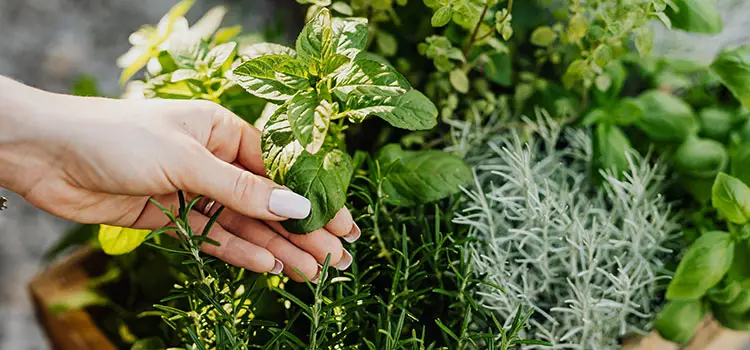
Imagine the delightful experience of stepping into your kitchen and being able to pluck fresh, fragrant herbs to enhance your culinary creations. The vibrant flavors and enticing aromas of these herbs can elevate your dishes to a whole new level. By starting an indoor herb garden, you can enjoy the convenience of having a ready supply of herbs right at your fingertips, no matter the season or weather conditions outside.
One of the key advantages of an indoor herb garden is that it provides a year-round opportunity to grow and harvest fresh herbs. It also ensures that you have a convenient supply of herbs right in your kitchen, eliminating the need for trips to the store and reducing food waste.
Choosing the Ideal Herbs
When it comes to indoor herb gardening, selecting the right herbs is key. Opt for herbs that thrive in indoor conditions, tolerate lower light levels, and are well-suited for container gardening. While there are several wonderful options, one herb stands out as an excellent choice for indoor cultivation. Here are the top herbs that are best for an indoor garden. Some of these I personally grow in my little garden and they truly strive indoors.
Basil
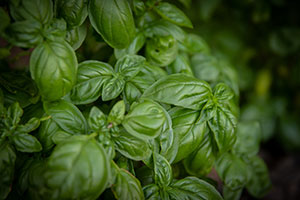
Known for its fragrant leaves and versatility in culinary dishes, basil is an excellent choice for indoor gardening. It’s also well-suited for indoor gardening due to its adaptability and relatively low maintenance requirements.
Varieties like Genovese, Thai, and Lemon basil thrive indoors and add a burst of flavor to dishes like pasta, salads, and sauces.
Parsley

Parsley is a relatively low-maintenance herb, making it ideal for indoor cultivation. It requires regular watering to keep the soil slightly moist but not overly saturated. Avoid allowing the soil to dry out completely or become waterlogged.
This herb is widely used as a garnish and adds a fresh taste to various recipes. Flat-leaf parsley is preferred for indoor cultivation due to its robust flavor. It grows well in containers and can be harvested as needed.
Mint

When grown indoors, mint plants can flourish with the right care and attention. They are known for their rapid growth and ability to fill out containers, making them an ideal choice for indoor gardening.
With its refreshing scent and distinct flavor, mint is a popular choice for indoor gardens. Peppermint and spearmint are common varieties that thrive indoors. Mint is ideal for teas, cocktails, and desserts.
Thyme

Thyme, a versatile herb known for its delightful aroma and earthy flavor, is a fantastic addition to any indoor garden. grows well in indoor environments and is often used in Mediterranean dishes, roasted meats, and soups.
Thyme is well-suited for indoor cultivation due to its ability to tolerate a variety of conditions. It prefers bright, indirect sunlight for at least six hours a day, making it suitable for windowsills or areas with ample natural light.
Rosemary
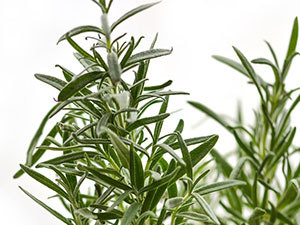
Known for its woody fragrance and pine-like flavor, rosemary is an excellent herb for indoor gardening.
It thrives in containers and adds a savory touch to roasted vegetables, meats, and marinades.
Rosemary thrives in well-draining soil and requires a container with good drainage to prevent waterlogging.
Chives

Chives are small, onion-flavored herbs that grow well indoors. Their slender, green leaves make an attractive addition to salads, baked potatoes, and dips.
Aside from their flavorful leaves, chives also produce beautiful purple or pink flowers, which can be edible and used as an attractive garnish.
These delicate blossoms add a touch of elegance to salads or can be infused into oils or vinegars for an extra hint of flavor and visual appeal.
Oregano

This herb is a staple in Italian and Mediterranean cuisine. Oregano adds a robust and slightly spicy flavor to pizzas, pasta sauces, and roasted vegetables. Greek or Italian oregano varieties are suitable for indoor cultivation.
It prefers soil that is slightly dry, so it’s essential to use a well-draining potting mix or create a blend of potting soil, sand, and perlite to ensure adequate drainage. Place the container in a sunny location, such as a south-facing window or a spot that receives at least six hours of direct sunlight per day.
Sage

Sage has a distinct aroma and flavor that compliments poultry, stuffing, and savory dishes. It is an easy-to-grow herb that thrives indoors and adds a touch of warmth to recipes.
Sage prefers well-draining soil, so use a quality potting mix that allows excess water to escape. With proper care, you can enjoy the aromatic foliage and flavorful leaves of sage throughout the year.
Cilantro (Coriander)

Cilantro is widely used in various cuisines, adding a fresh and citrusy flavor to dishes. Whether you’re a fan of salsas, curries, or Asian-inspired recipes, cilantro is an essential herb that can elevate the flavors of your culinary creations.
Cilantro grows well indoors when provided with the right growing conditions. It prefers a well-draining potting mix and a container with sufficient drainage holes to prevent waterlogged roots.
Dill

Dill is an herb with feathery leaves and a unique flavor. It is commonly used in pickling, seafood dishes, and as a garnish. Dill grows well in containers indoors, making it a suitable choice for an indoor herb garden.
The ability of dill to thrive in containers indoors further enhances its appeal, allowing you to enjoy its flavors and aesthetics throughout the year.
Creating the Perfect Growing Environment
Starting an indoor herb garden is an exciting and rewarding endeavor. However, you have to evaluate the available space in your home. Look for a location that receives at least six hours of bright indirect sunlight each day. If natural light is limited, consider using artificial grow lights to supplement the light requirements for your herbs. Use well-draining potting soil to provide the right balance of moisture retention and drainage for your basil plants. Water your herbs when the top inch of soil feels dry, being careful not to overwater. Feed your herbs with a balanced organic fertilizer every few weeks or as directed on the fertilizer packaging.
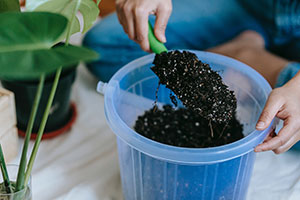

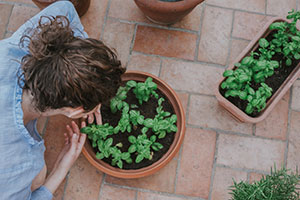
Be cautious not to over-fertilize, as it can negatively affect the flavor and health of your herbs. Regularly prune your herbs to promote bushier growth and prevent them from becoming leggy. Harvest leaves as needed, pinching them off just above a node. This encourages new growth and ensures a continuous supply of fresh herbs. Always keep an eye on your herbs for signs of pests, diseases, or nutrient deficiencies. Inspect the leaves regularly, and take appropriate action if any issues arise. Adjust your care routine as necessary to provide optimal conditions for your herbs.
In conclusion, indoor herb gardening is a wonderful way to bring the freshness and flavors of herbs into your home. With a little planning, the right herbs, and proper care, you can create a thriving indoor herb garden that provides you with a continuous supply of aromatic and flavorful herbs for your culinary adventures. Whether you have a spacious kitchen or a small apartment, indoor herb gardening allows you to enjoy the joys of gardening and enhance your dishes with the taste of freshly harvested herbs. Start your indoor herb garden today and experience the satisfaction of growing and using your own homegrown herbs. Happy gardening and happy cooking!
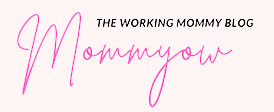
Leave a Reply